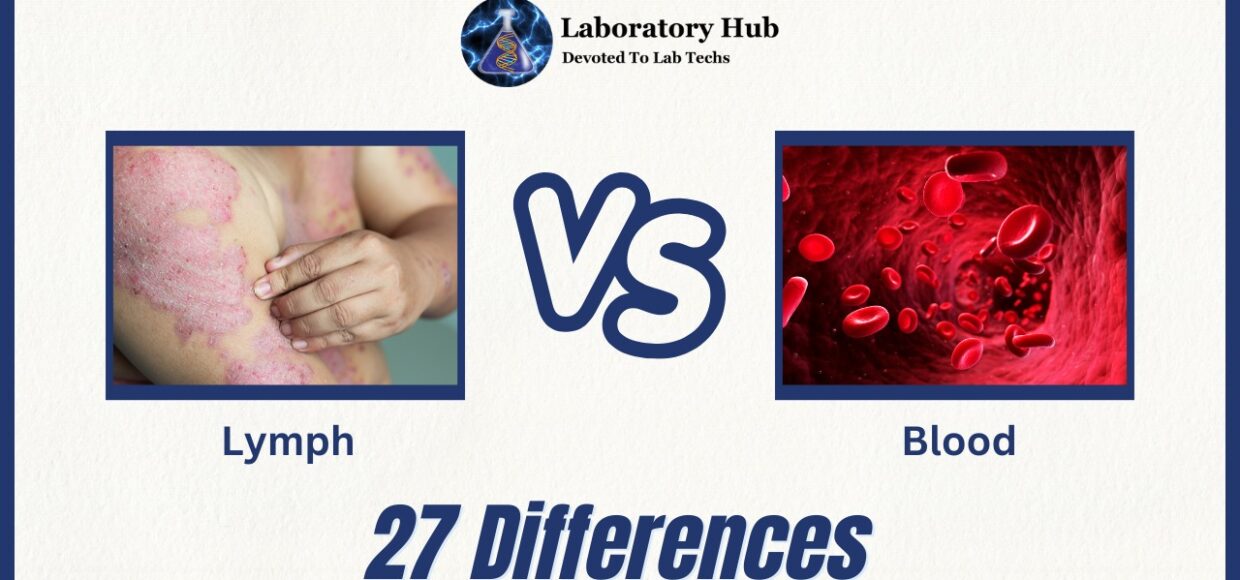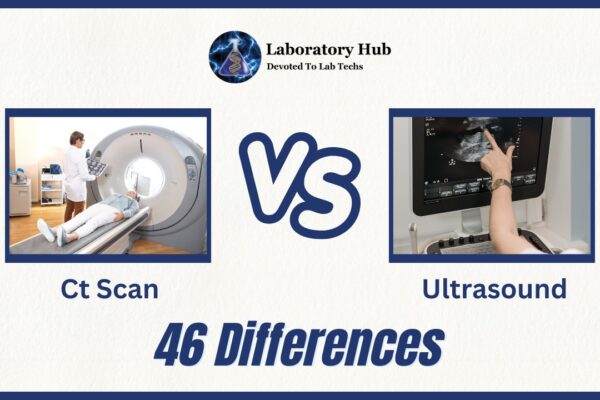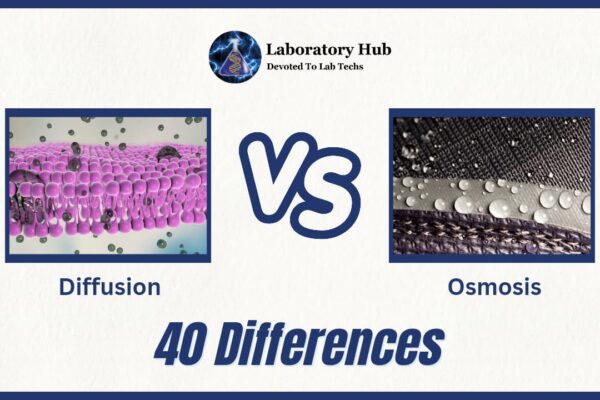27 differences between Lymph and Blood
Lymph and blood are both vital components of the human body’s circulatory and immunological systems. They have unique roles yet are linked in numerous ways.
LYMPH
Lymph is a clear, tintless fluid that’s essential to the vulnerable system and fluid balance in the body. It’s part of the lymphatic system, which is a network of vessels, bumps, and organs that work together to transport lymph and support vulnerable function. Lymph is formed from redundant towel fluid that leaks from blood vessels into the grinding tissues.
Lymph is made of water, proteins, white blood cells (lymphocytes), electrolytes, fats, and cellular debris. It strongly likes blood plasma but lacks red blood cells Lymph originates as extracellular fluid, which is the fluid that surrounds cells and tissues. This fluid includes oxygen, nutrients, and waste materials that are transferred between blood arteries and cells.
Lymphatic vessels absorb surplus extracellular fluid, which creates lymph. These vessels are part of a one-way system that transports lymph from tissues to larger lymphatic vessels and then back into the bloodstream. Throughout the lymphatic vessels are small, bean-shaped structures called lymph nodes. Lymph nodes serve a key function in filtering lymph to eliminate foreign particles, infections, and cellular waste. They also carry immune cells that help detect and fight infections.
BLOOD
Blood is a life-giving fluid that travels throughout the circulatory systems of all animals, including humans. It is critical for carrying vital substances to and from various regions of the body. Blood is made up of various different components.
The liquid component of blood, plasma, accounts for approximately 55% of total blood volume. Plasma is a pale-yellow fluid made up of water, electrolytes, hormones, waste products, and different proteins. Red Blood Cells (Erythrocytes) are cells that transfer oxygen from the lungs to the body’s tissues and organs while also transporting carbon dioxide back to the lungs for elimination. Hemoglobin, a protein that binds to oxygen and gives blood its red hue, is found in red blood cells.
White Blood Cells (Leukocytes) are immune system cells that assist the body fight illnesses and foreign intruders. They are of diverse sorts and serve various tasks connected to immune responses. Blood serves various vital roles in the body like transporting oxygen , nutrients throughout the body , and eliminating waste material from the body.
Also read: How to Examine the Sputum Specimen In Microbiology Laboratory?
No. | Aspect | Lymph | Blood |
1 | Composition | Clear fluid, white blood cells, waste products | Plasma, red and white blood cells, platelets |
2 | Color | Clear or slightly yellowish fluid | Red when oxygenated, darker when deoxygenated |
3 | Transport Medium | Fluid transport medium for immune cells, waste products | Circulatory medium for oxygen, nutrients, waste |
4 | Fluid Movement | Moves through lymphatic vessels and nodes | Circulates through blood vessels |
5 | Circulatory System | Part of the lymphatic system | Part of the cardiovascular system |
6 | Function | Drains excess fluid from tissues, transports immune cells | Transports oxygen, nutrients, hormones, waste |
7 | Vessel Structure | Lymphatic vessels | Blood vessels |
8 | Origin | Derived from tissue fluid and blood plasma | Derived from bone marrow |
9 | Volume | Smaller volume compared to blood | Larger volume than lymph |
10 | Clotting Factors | Lacks clotting factors | Contains clotting factors |
11 | Red Blood Cells | Absent in lymph | Present in blood |
12 | Nutrient Transport | Does not carry nutrients | Carries nutrients, including glucose |
13 | Waste Transport | Transports waste products | Transports metabolic waste products |
14 | Oxygen Transport | Does not transport oxygen | Transports oxygen bound to hemoglobin |
15 | Carbon Dioxide Transport | Does not transport carbon dioxide | Transports carbon dioxide to lungs |
16 | Hormone Transport | Does not transport hormones | Transports hormones to target tissues |
17 | Platelets | Lacks platelets | Contains platelets for clotting |
18 | Enzymes | Lacks enzymes | Contains various enzymes for biochemical reactions |
19 | Nutrient and Gas Exchange | No nutrient or gas exchange in lymphatic vessels | Nutrient and gas exchange in capillaries |
20 | Lymph Nodes | Contains lymph nodes along its pathways | Blood vessels do not contain nodes |
21 | Immunological Function | Contains white blood cells for immune response | Contains white blood cells for immune response |
22 | Heart Involvement | Does not flow through the heart | Flows through the heart |
23 | Arteries and Veins | Does not have arteries and veins | Contains arteries and veins |
24 | Oxygen Binding | Lacks oxygen-binding molecules | Contains hemoglobin for oxygen binding |
25 | pH Range | Slightly acidic pH | Slightly alkaline pH |
26 | Transport Regulation | Passive movement through vessels | Regulated by the heart and vascular system |
27 | Fibrinogen Content | Lacks fibrinogen | Contains fibrinogen for clot formation |
Also read: Active Immunity vs Passive Immunity – 26 Key Differences
Frequently Asked Questions (FAQS)
Lymph is a colorless fluid that is similar to blood plasma in composition but lacking red blood cells and platelets. It collects waste products, bacteria, and other substances from tissues and transports them to lymph nodes for filtering.
The spleen is a big organ positioned on the abdomen’s left side. Its duties include filtering blood to eliminate damaged red blood cells, storing platelets, and acting as a blood reservoir. Furthermore, the spleen contains immune cells that aid in the fight against infections.
Coagulation, or blood clotting, is a complex process involving platelets and clotting proteins. When a blood vessel is wounded, platelets cling to the spot and release chemicals that set off a chain of events that eventually leads to the formation of a clot. This clot closes the incision and stops the bleeding.
Immune cells, such as lymphocytes and macrophages, are housed in the lymphatic system and play an important part in the body’s defense against infections. Lymph nodes play an important role in immune cell contact and activation. They aid in the coordination of immunological responses and the generation of immune memory.
Blood donation has a greater impact on the circulatory system than the lymphatic system. Blood donation entails the collecting of whole blood or particular blood components for medical use. It may reduce blood volume temporarily, but the body soon compensates for this loss.
Maintaining the lymphatic and circulatory systems requires staying hydrated, eating a balanced diet, engaging in regular physical activity, and adopting excellent cleanliness. Smoking cessation, stress management, and appropriate sleep all contribute to overall cardiovascular and immunological health.







